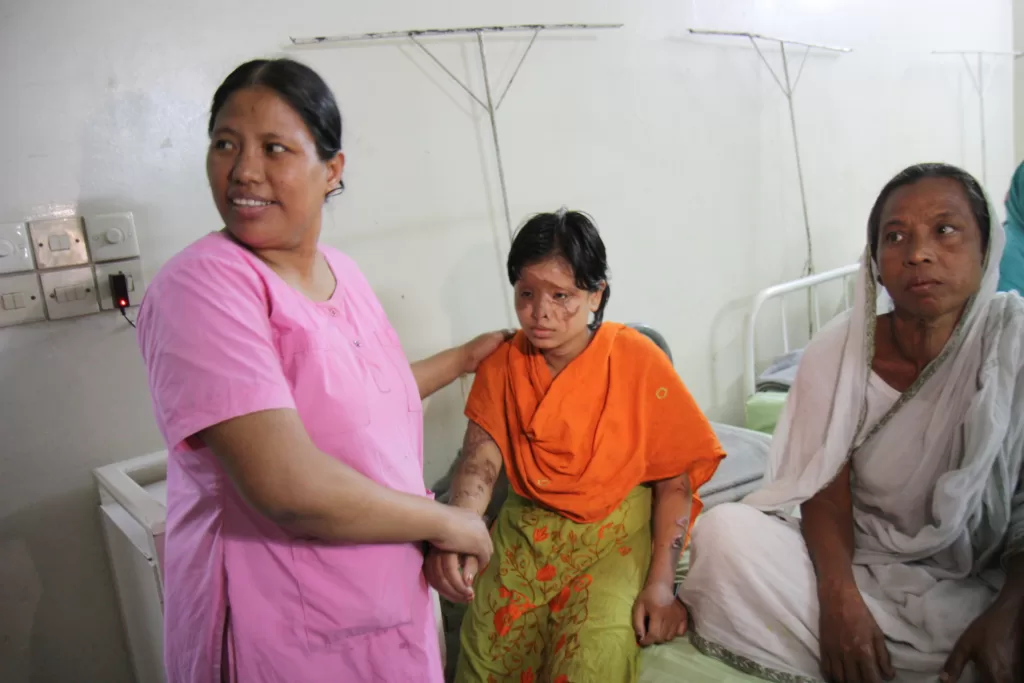By capturing data on suicide cases and rates, a registry database can help provide better intervention programmes.
 Suicide registry databases can provide important information on demographics, risk factors and trends in suicidal behaviour. : Thomas Lefebvre (Unsplash) Unsplash License
Suicide registry databases can provide important information on demographics, risk factors and trends in suicidal behaviour. : Thomas Lefebvre (Unsplash) Unsplash License
By capturing data on suicide cases and rates, a registry database can help provide better intervention programmes.
Content warning: This article discusses sensitive topics such as suicide that some readers may find distressing.
Decriminalising suicide alone is not enough to address the causes of suicidal behaviour or thought. Accurate data on suicide rates and attempts is critical to understanding the problem and developing effective prevention strategies.
These include providing crisis helplines, training health workers, establishing referral systems, implementing surveillance systems, conducting research and evaluating interventions.
Suicide registry databases can provide important information on demographics, risk factors and trends in suicidal behaviour. This information can be used to develop targeted suicide prevention interventions that address the needs of different populations. From the data collected, countries can identify risk factors and develop programmes that lead to improved mental health outcomes and a reduction in suicide rates over time.
According to the World Health Organization, as of 2021, only 80 member states have good-quality vital registration data that can be used directly to estimate suicide rates.
Finland’s Institute for Health and Welfare maintains a national suicide register which collects data on all suicides and suicide attempts in that country. The data is used to develop targeted suicide prevention interventions, such as outreach programmes for high-risk groups and training programs for healthcare professionals.
Similarly, in Croatia, the Committed Suicides Registry, established in 1986 at the Croatian Institute of Public Health, is a special health-statistical instrument for recording and monitoring data on the suicide cases of individuals in that country.
Challenges and risks in developing suicide databases
Collecting and reporting suicide data can be challenging. Stigma, fear of legal repercussions, and cultural or religious beliefs can prevent individuals from reporting suicide attempts or deaths. This can result in underreporting of suicide cases and inaccurate data.
In some countries such as Bangladesh, Brunei, Malaysia and Myanmar, where suicide is still considered a crime, individuals may face legal consequences if they are caught attempting suicide. As a result, suicide cases may be underreported and the true magnitude of the problem unknown, which then can hinder efforts to develop effective prevention strategies.
There is also a risk of over-reliance on suicide registry databases, which can lead to a narrow focus on prevention efforts. Suicide is a complex issue that can have multiple contributing factors, including mental illness, social isolation and economic factors. While suicide registry databases provide important data, countries can also consider these broader social and economic factors in developing suicide prevention strategies.
Inadequate resources and infrastructure may also become obstacles in low-income countries. Many low-income countries have limited mental health resources and may not have the capacity to collect and report suicide data effectively. The safety of individuals who have attempted suicide could be at stake without secure technology and data protection protocols. This could also be an issue in high and middle-income countries.
A cyberattack in 2020 on Vastaamo, a Finnish company that provides psychotherapy services, resulted in the hacker accessing the records of about 40,000 patients. The hacker demanded a ransom from the company or threatened to publish the data online. Some of the leaked data included notes from therapy sessions, diagnoses, personal identity codes and contact details. The company tried to negotiate with the hacker but failed. The hacker then contacted individual patients and demanded a ransom for each record.
The incident highlights the need for steps to ensure data collected through suicide registries is stored securely and accessed only by authorised individuals. This can include measures such as data encryption, regular security audits and training of staff on data privacy and security protocols. Additionally, individuals who have attempted suicide must be informed about the use and storage of their data and have the right to request that their information be deleted or anonymised.
There is also a risk that suicide registry databases can be used for punitive measures, such as prosecution or stigmatisation of individuals who have attempted suicide. The criminalisation of suicide reinforces the idea that suicide is a criminal act rather than a mental health issue, further stigmatising those who are struggling with suicidal thoughts.
Decriminalise suicide first to capture better data
Discussing suicide registry databases cannot be separated from discussing decriminalising suicide.
Since 1936, suicide has been a criminal offence in Malaysia under Section 309 of the Penal Code but in late 2021, the Malaysian government announced it would finally abolish the act. In the same year, Malaysia’s Ministry of Health revealed it was planning to develop a National Suicide and Fatal Injury Registry which is expected to be completed in 2023. With an allocation of MYR 4 million (USD$904,000), the system can provide detailed and accurate statistics on suicides and fatal injuries to strengthen policy development efforts and suicide prevention programmes.
But there is another act that could be revised to support adequate suicide registry databases. The Malaysian Mental Health Act 2001 regulates the admission, detention, care, treatment and protection of people with mental disorders. The act was enacted in 2001 but only came into force in 2010 and is still not fully implemented and enforced due to various challenges such as inadequate resources and a lack of awareness and coordination among stakeholders.
It is important to expand the definition of mental disorders to include suicidal behaviour and other mental health conditions that may increase the risk of suicide. This should ensure an individual will get proper mental health treatment instead of punishment.
Encouraging mandatory reporting of suicide cases by health professionals, police, forensic units and other relevant parties along with providing clear guidelines on how to obtain consent from a next-of-kin or legal representative of the deceased person for data collection and sharing would help understand the problems.
Combined with a mechanism for data protection and confidentiality that complies with international standards and ethical principles along with creating a provision for periodic review and evaluation of the suicide registry database by an independent body or committee, should ensure its quality and safety.
Suicide registry databases are important tools for understanding and preventing suicide. However, countries must also be aware of the limitations and potential risks associated with them such as underreporting, privacy concerns, over-reliance and punitive measures. By addressing these challenges, countries can develop effective suicide intervention strategies that address the unique needs of different individuals while protecting their privacy and dignity.
If this article has raised issues for you, or if you’re concerned about someone you know, visit https://findahelpline.com/i/iasp.
Andrian Liem is a research fellow at the Jeffrey Cheah School of Medicine and Health Sciences, Monash University Malaysia. Andrian’s research interests include global mental health, gender and sexuality, and health justice. He tweets at @liemandrian.
Editors Note: In the story “Decriminalising suicide” sent at: 17/04/2023 10:28.
This is a corrected repeat.














